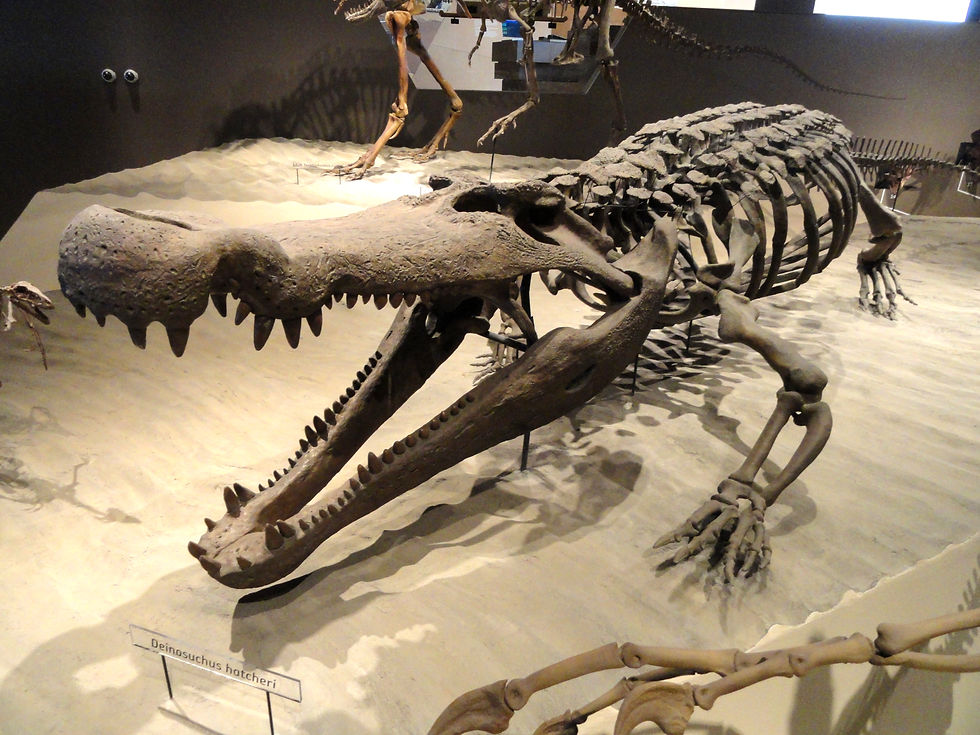Exploring the Fossils of Idaho USA
- Wayne Munday
- Nov 22, 2023
- 3 min read
Updated: 5 days ago
The Hagerman Horse (Equus simplicidens), also known as the American Zebra, is one of North America’s most significant fossil discoveries and Idaho’s official state fossil since 1988. Unearthed at Hagerman Fossil Beds National Monument along the Snake River, this Pliocene-age species is recognised as the oldest known member of the modern horse genus Equus, which includes horses, donkeys, and zebras. Dating to approximately 3.7 million years ago, the Hagerman Horse lived during a time of major climatic and environmental change, when grasslands expanded across the western United States. Its discovery, alongside more than 200 other plant and animal species, provides a remarkable window into life before the Ice Age.

Idaho, the 43rd US State of the Union is often referred to as the "Gem State" known for over 72 types of precious and semi-precious stones. Idaho is a mountainous US State bordering the Canadian Province of British Columbia in the North and over 950 Km of middle and northern Rocky Mountains in the West divided by the Boise River.
Idaho is located on the edge of an active continental margin and has over geological time has experienced large-scale tectonic uplifting, faulting widespread volcanic activity, glaciation and flooding.The Hagerman Horse (Equus simplicidens) is dated to the Pliocene Epoch the second of the two epochs of the Neogene Period of the Cenozoic Era often referred to as the “Age of the Mammals”.
The Pliocene was preceded by the Miocene Epoch and succeeded by the Pleistocene Epoch of the Quaternary Period. On the west coast or Pacific Coast of North America the US State of Idaho during the transition from the Miocene into the Pliocene was marked by the formation of the mountain ranges and a change from a tropical ecosystem to the prevalence of a drier continental climate allowing the radiation of herbivores, carnivores and plants predominantly grasses, sedges and conifers. This was the time before the Ice Age.

The Hagerman horse (Equus simplicidens) is thought to have lived in herds across the vast open grass lands of the Western United States and as far down as Mexico about 3.7 million years ago. In 1926 local rancher called Elmer Cook discovered the Hagerman Fossil Bed eroding out of the banks along Snake River or Bia Ogwaide (meaning "Big River") as known by the first nation tribes of the Shoshone, Bannock, and Paiute peoples.

After the fossils had been shown to the United States Geological Survey the Smithsonian Institution in Washington, D.C. would go onto undertake four fossil expeditions to Hagerman between 1929 and 1934. During these expeditions over 200 fossils of Hagerman horses of various ages and gender were found in the excavated Hagerman Horse Quarry. In 1988, Congress established the Hagerman Fossil Beds National Monument.
The Hagerman horse fossils are found among over 200 other species of plants and animals including sabre-toothed cats, mastodons, ground sloths (Megalonyx leptostomus), giant sloths (Megatherium americanum) as well as giant otter (Satherium piscinarium), bears, beavers (Castor californicus) and Camelops an extinct genus of camel.

There is also the fossil remains of the predatory Borophagus hilli a ferocious bone-crushing carnivorous canid or hyena-like wild dog the size of a small wolf with its distinctive a bulging forehead, powerful jaws, and sharp teeth.
As well as the Smithsonian in Washington D.C fossils from the Hagerman Fossil Bed can now be seen at the Thousand Springs Visitor Centre opened in early 2022.








